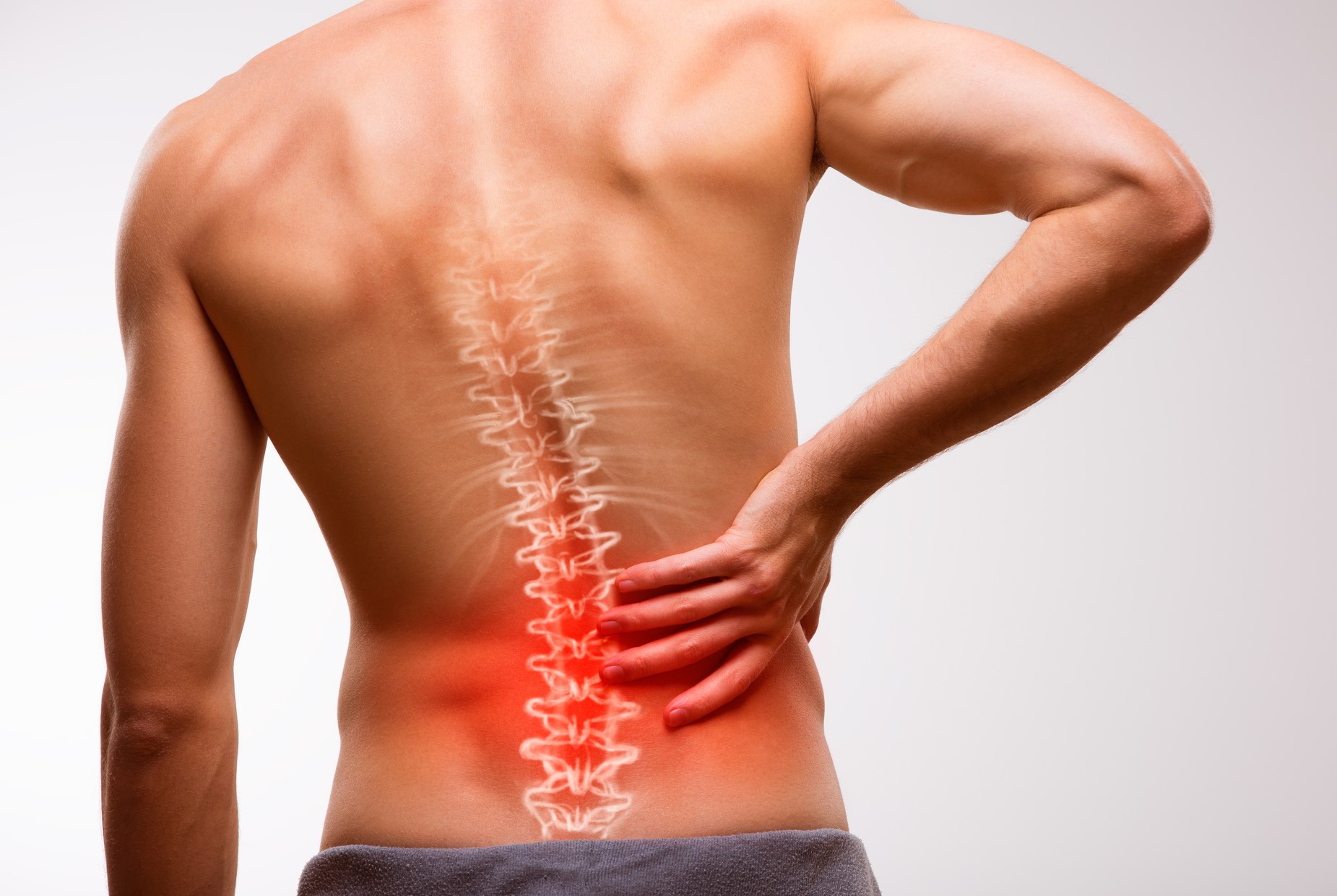Schedule An Appointment With Us
Are Your Symptoms Affecting Your Quality Of Life?
Consult our MOH-accredited orthopaedic surgeon for an accurate diagnosis & personalised treatment plan.
MBBS
MRCSEd
MMED (Ortho)
FRCSEd

Lumbar spondylolisthesis is a spinal condition characterised by the displacement of one vertebra in the lower back, known as the lumbar region, over the vertebra directly beneath it. It can manifest across different age groups, though it is seen predominantly in adults.
This condition may limit mobility, making standing, walking, and engaging in physical activities challenging. This could lead to difficulties in performing routine tasks such as bending and lifting.
Lumbar spondylolisthesis can result from a variety of factors, including:
The symptoms of lumbar spondylolisthesis typically manifest in the lower back and lower extremities.

Diagnosis of lumbar spondylolisthesis typically involves the following steps:
Management of lumbar spondylolisthesis typically includes a variety of non-surgical methods, tailored to reduce pain, improve mobility, and enhance the quality of life.
Rest |
Initially, the spine specialist may suggest a period of rest, to help alleviate pain and prevent further deterioration of the condition. |
Bracing |
For certain individuals, especially those not suitable for surgery, a back brace may be recommended to support the spine and limit movement. |
Physical Therapy |
Exercise programs can be tailored to strengthen the core and lower back muscles, increase flexibility, and improve posture. This can thus reduce pain and stabilise the spine. |
Medications |
Over-the-counter or prescription medications such as non-steroidal anti-inflammatory drugs (NSAIDs) and muscle relaxants are often prescribed to manage pain and inflammation. |
Epidural Steroid Injections |
In cases where conservative treatments are less effective, injections of corticosteroids into the affected area can provide temporary relief from pain and inflammation. |
In more severe cases of lumbar spondylolisthesis or when non-surgical treatments fail to provide sufficient relief, surgical intervention may be considered.
This is a common surgical procedure for stabilising the affected vertebrae. The process involves fusing two or more vertebrae into a single, solid structure, often using screws and rods.
This procedure is primarily performed to relieve nerve compression. It involves the removal of bone spurs and thickened ligaments that cause compression. In some cases, the spine can be decompressed using other surgical methods.
Techniques like microdiscectomy or minimally invasive fusion aim to minimise tissue damage, reduce scarring, and accelerate recovery compared to traditional open surgery.
Schedule An Appointment With Us
Consult our MOH-accredited orthopaedic surgeon for an accurate diagnosis & personalised treatment plan.
While not all cases of lumbar spondylolisthesis can be prevented, several strategies can help reduce the risk or slow the progression of the condition.

MBBS
MRCSEd
MMED (Ortho)
FRCSEd
With over 18 years of experience, Dr Poh Seng Yew is an orthopaedic surgeon specialising in hip, knee, shoulder and elbow surgery, sports medicine, and trauma surgery.




Weekdays: 9.00am – 5.00pm
Saturdays: 9.00am – 1.00pm
Sundays and Public Holidays: Closed
Please leave us a message, and we will be in touch with you shortly.
Exercise is often beneficial for individuals with lumbar spondylolisthesis. Focus on low-impact activities and exercises that strengthen the core and lower back muscles to help enhance spinal stability. It is recommended to approach exercises with moderation to avoid potential exacerbation of the condition. Consulting a spine specialist can help you recognise any risky activities and provide you with a tailored exercise plan that aligns with your specific condition and needs.
The healing process for lumbar spondylolisthesis varies depending on the severity of the condition and the chosen treatment method. While conservative treatments can alleviate symptoms, they do not ‘heal’ the slippage of the vertebrae. For surgical treatments, recovery times can range from a few months to longer, depending on the type of surgery and individual healing rates.
If left untreated, lumbar spondylolisthesis can lead to persistent pain and potentially progressive nerve damage, resulting in symptoms like numbness or weakness in the lower extremities. In some cases, it can lead to chronic pain and mobility issues, impacting daily activities and quality of life. Seek a consultation with a spine specialist for a comprehensive evaluation and to discuss the most effective treatment options for your specific situation.